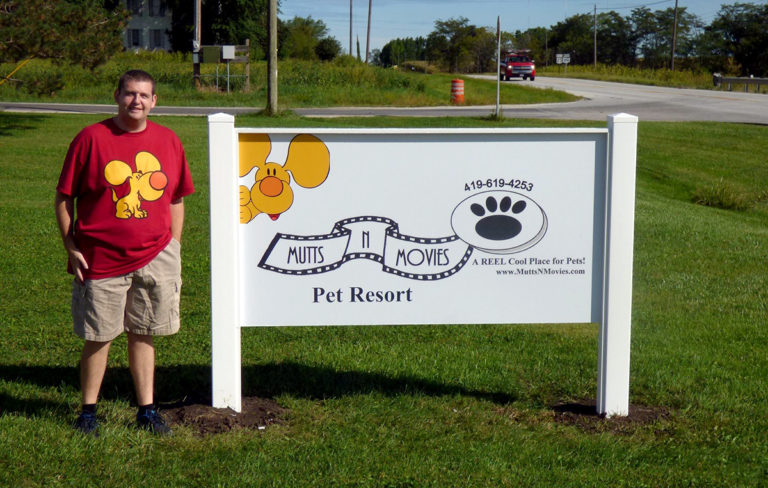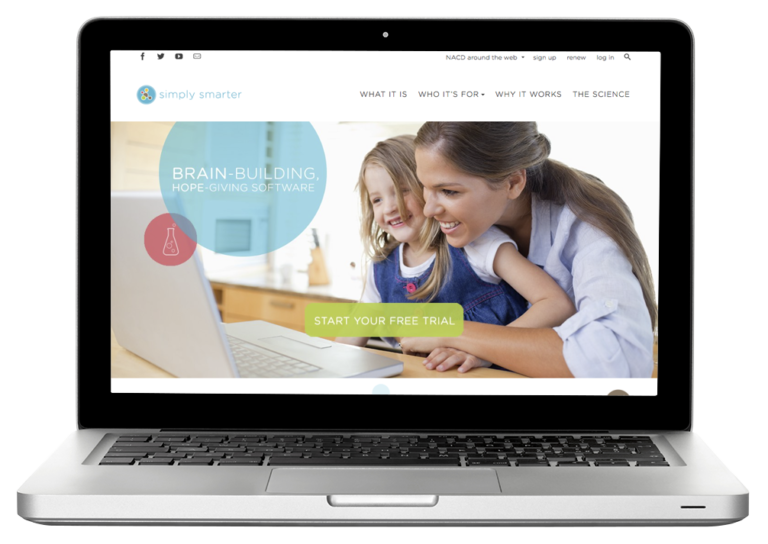Never Give Up
Lyn Waldeck
Four and a half years ago, our family was given the gift of a precious 2-year-old brain-injured child who had previously been a Romanian orphan. Our first prognosis from the medical field was very devastating. “What was done to this child is a tragedy. Now he may never walk, never talk, never see, and will be unable to do the tasks that will give him a ‘meaningful’ life.” (I add here that what we believe to be “meaningful” and what this doctor believed to be “meaningful” were much different). Fortunately, our friend and family physician intervened and encouraged us to disregard what had been said to us and to realize that the more we do with our child the better off he will be. But do What?
For two years, we went the traditional early intervention route. Our son improved some. He was walking and he was saying some words as long as they applied to anticipated circumstances. He could memorize words, a few songs and rhymes and some tasks, as long as there was a lot of repetition. But what about thinking for himself? During this time as we struggled to teach him to walk, sit up, or all the things that were so difficult for him, my husband taught him an important lesson. My husband would ask him “Do you give up?” He would loudly respond “Never.”
Intuitively, and in spite of disappointing professional opinions, I knew he was capable of more. When we realized that traditional avenues had very low expectations, we began to seek additional help.
As another great gift, we found Robert J. Doman, Jr., and NACD. Unlimited potential? The brain can be taught to see? Bypass areas of damaged tissue? Were these words possible or was this just an organization which appealed to the hopeful hearts of the parents of hurt children? In answer to these questions I share the following:
Prior to NACD we had worked hard. Unfortunately, we lacked the proper intensity, frequency, and duration. Our first quarter on program was like Disneyland! Our child’s functional vision took off. My previously blind child refused to go into the bathroom unless I turned on the lights. His auditory processing went from that of an 18- month-old to that of a 3-year-old in only 3 months. His difference in articulation was like night and day. I can not begin to tell you the changes that took place in his life, not to mention a new-found hope that the things we had believed to be true B were. The next quarter was not as phenomenal but still we accomplished some big steps. For the next 6 months we continued to make progress in one area or another but at a slower pace. This, however, was still encouraging because we knew we were still going forward and it was only a matter of “when” he would move forward, not “if.”
Now I come to the purpose of this article. After 5 quarters (1 year, 3 months), frustration began to set in. Here came what I had hoped I would never see B the dreaded plateau. I am fortunate to have been given the opportunity to do some volunteer work for NACD, and it was extremely helpful to see other children continuing to improve. Sometimes this, along with Mr. Doman’s input, is what gave us the fuel to keep up our work. However, we still fell into some of the traps that can allow doubt to creep in. At this time, life became difficult due to a high-risk pregnancy and illness. My other 2 boys were also on program for home schooling and it was so much easier with them. I input B they output. I was still doing my hurt child’s program, but not with the intensity and frequency as before.
In the Spring of 1995, Mr. Doman gave me my “wake-up call.” He stressed the importance of visual processing. It went beyond functional vision, but into the ability to understand certain concepts. This was the area we had not been able to progress in, and it was extremely crucial. Mr. Doman still never used words like “he can’t do this,” but rather said “until he gets this.” He also shook me up with a 42 hour program to do along with my other childrens’ programs. For the next three months, we buckled down and with the help of my 7-year-old and my 6-year-old we accepted no less than 90% per day, and many days reached 100%. I can’t begin to tell you how difficult this time was. Did we get immediate results? No, but at the very end of this quarter we saw a few glimmers of hope again.
Now for the good news. We have just experienced our second 1st quarter. By that I mean we have returned to Disneyland. Our son has taken off again and progressed 2 years visually in this last three months.
The reason I share this with you is to encourage those of you on program. If you are new and a bit skeptical, that’s okay. Just do the program and you will see for yourself. (But I add, you HAVE to do program.) For those of you who have been on program but are at a temporary slow down I say “persevere and you will overcome.”
I admit to letting those damaging thoughts creep in like “Is this all we are going to get?” or “Is it worth all this for no progress?” It is normal to have these questions, but if you allow them to affect your actions or your intensity, they will become a self-fulfilling prophecy.
In reading recent articles on the, brain I think I know what we were experiencing. When we first came on program we built many new connections to the brain cells. As a result we had access to new areas, but they were areas that were easier to access. Then we hit those road blocks, or better put B the areas of greater damage. By doing program, we were still building connections, we just were not seeing the results yet because we had not reached the more difficult areas. Now that we have reached some of these areas he has taken off again.
Does that mean that our battle is over? No, but if asked “Do we give up?” I say “NEVER.”
Reprinted from the Journal of The NACD Foundation (formerly The National Academy for Child Development)



